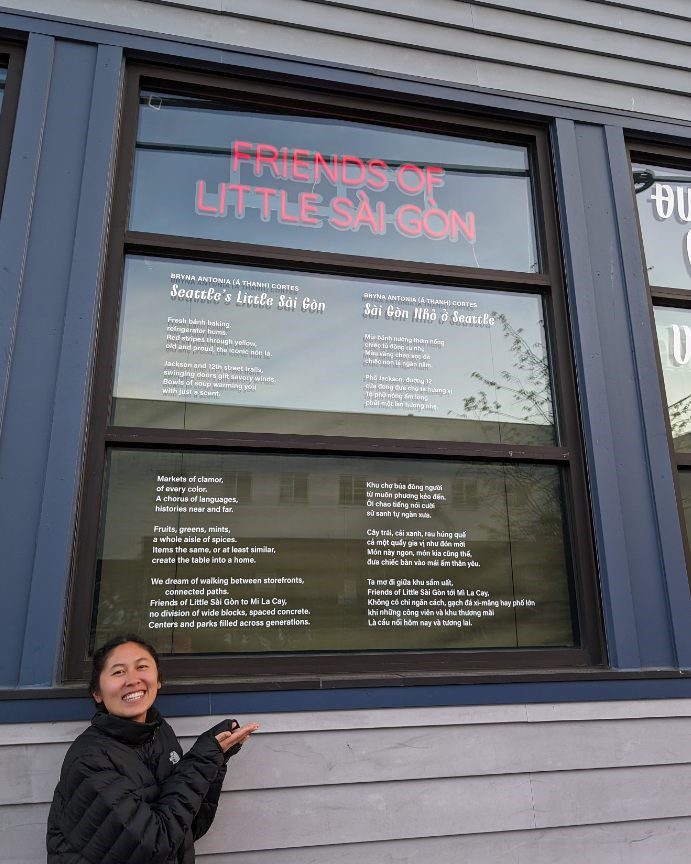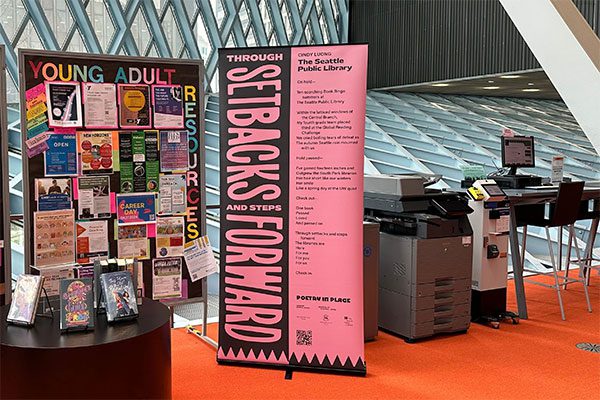
For a third consecutive year in a row, ARTS staff joined forces with a team of MPA graduate students from the University of Washington Evans School of Public Policy and Governance to conduct a fieldscan and pull together local best practice case studies of creative strategies for community placekeeping and anti-displacement.
Creative placekeeping refers to strategies that build cultural vibrancy to promote and celebrate the heritage of communities residing in a neighborhood – often focusing on people of color in historically ethnic and culturally specific neighborhoods.
One cannot ignore that the institutionally racist practices that kept out many residents of color from owning homes in parts of Seattle’s north side further segregated people of color into homes mainly in the Central District and the Southeast Seattle corridor. This process of exclusion occurred through legally sanctioned financial and real estate covenants, clauses, and restrictions, a set of practices known today as red lining.
Now the soaring costs of real estate and commercial rental space is dismantling networks of communities of color and their access to permanent cultural spaces.
In recent years, ARTS has worked collaboratively across city departments on projects including the Equitable Development Initiative managed by Office of Planning and Community Development and the BASE Cohort (Build Art Space Equitably) Program, and founded our new home ARTS at King Street Station as long-range solutions to the challenges of rapid racial gentrification.


This report tells the story about racial and ethnic resilience in the face of gentrification and displacement and its acceleration due to the impact that COVID-19 has had on the creative economy. Many of the case studies documented here are groups that have made some progress through the use of arts and culture and grassroots organizing with the right mix of cultural assets, access to community control over space, and public and private partnerships. We hope that continued support and amplifying the stories and work of cultural organizations like Wa Na Wari in the Central District, the Wing Luke Museum and the CID Coalition in Chinatown/International District, Duwamish Longhouse and Cultural Center in Southwest Seattle, Rainier Beach Action Coalition in Southeast Seattle, RVC and Shunpike in the capacity building space, and countless other groups who are active in the work of community placekeeping will not only ensure that arts and cultures for and by communities of color have a seat at the table, but that their work can help build or dismantle that need for a larger table. Learn about their stories and much more in this newly released report.
We are grateful to the recent Evans School graduates who authored this study: Kevin Cernansky, Mitchell Chen, Chenyang Jin, Pich Keo, Huan Xu, their faculty adviser Dr. Joaquin Herranz, Jr, and all the community voices who made this study possible. Mytoan Nguyen-Akbar, PhD, was the ARTS staff lead on this project.


